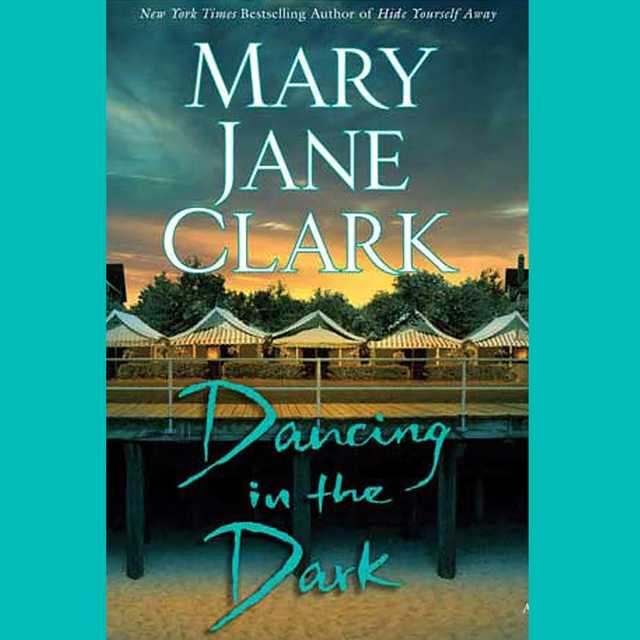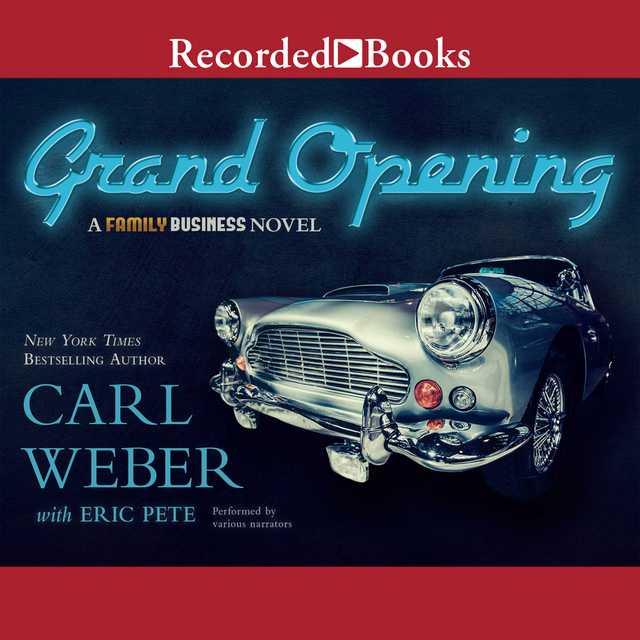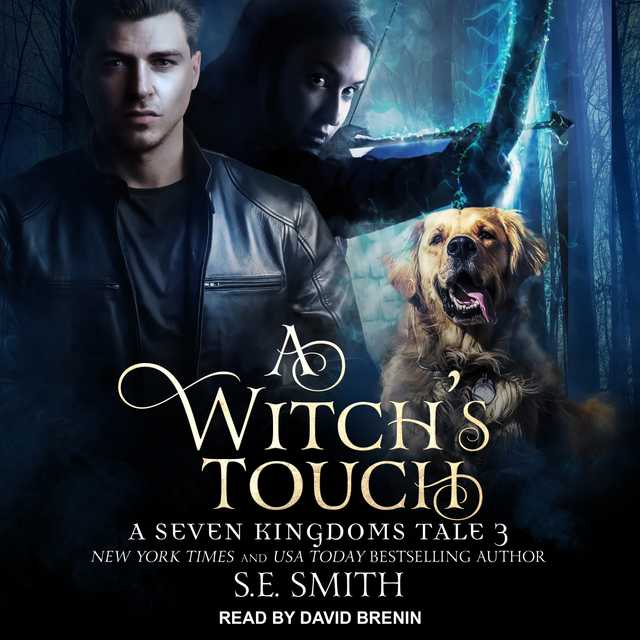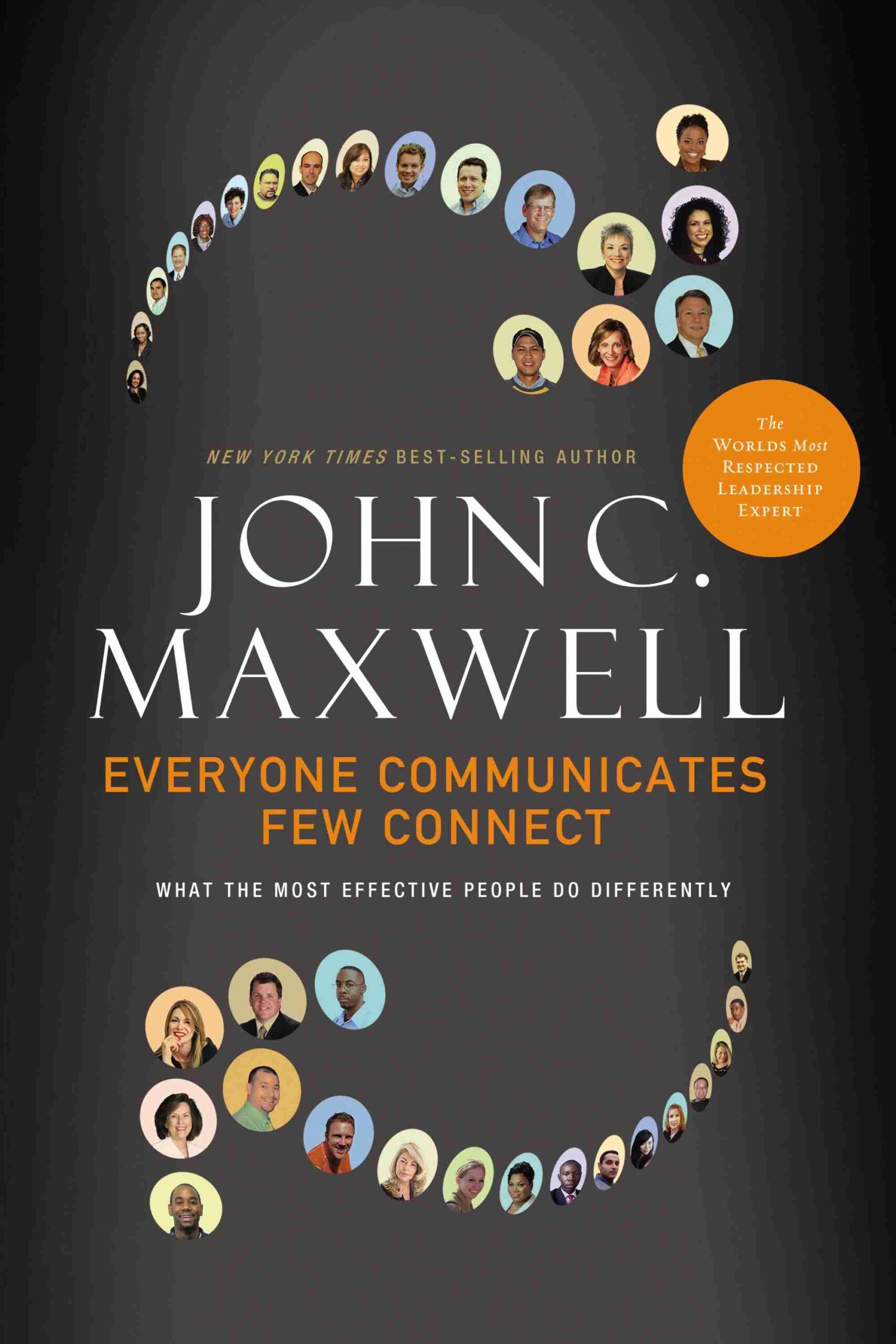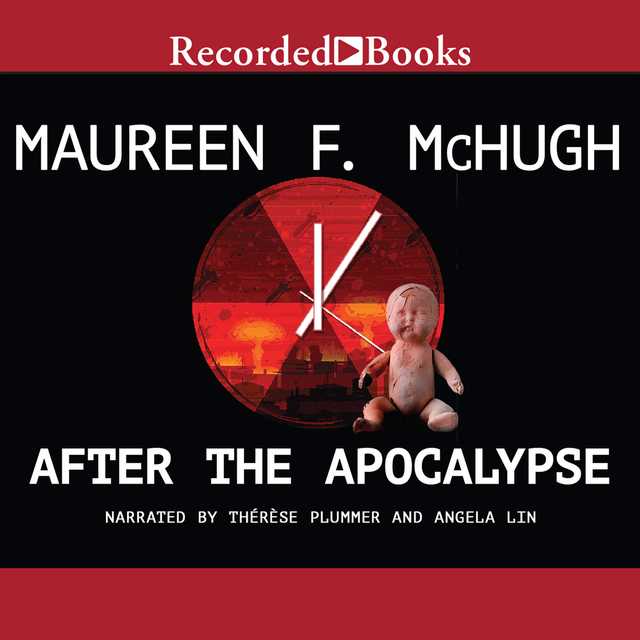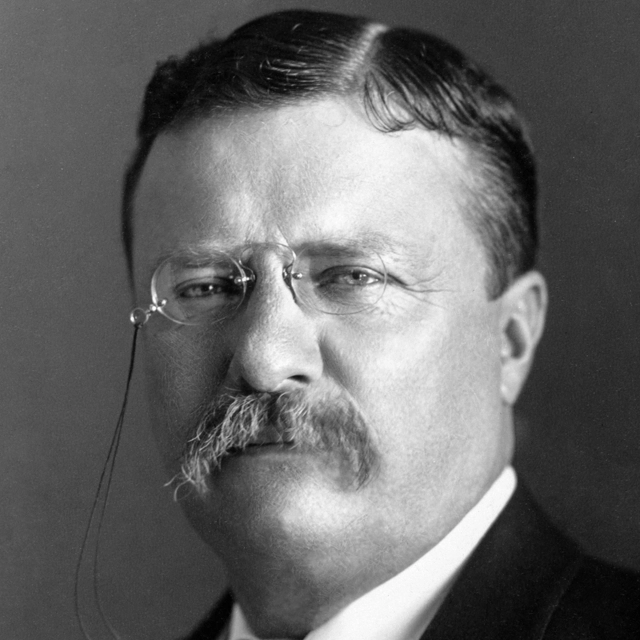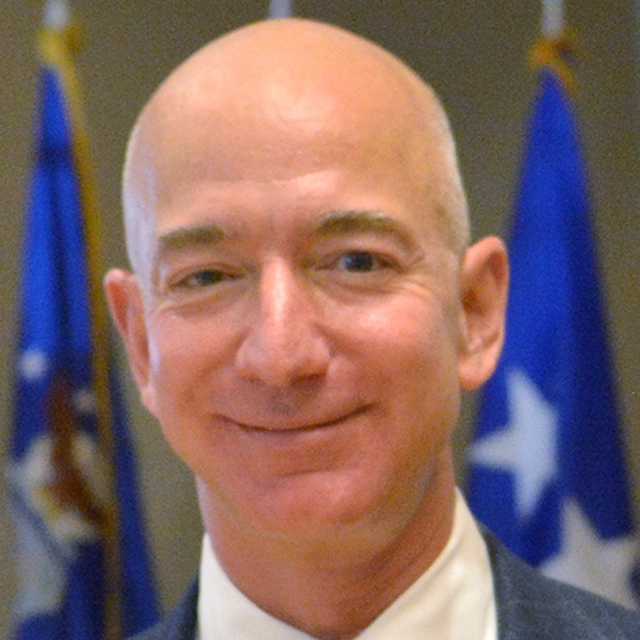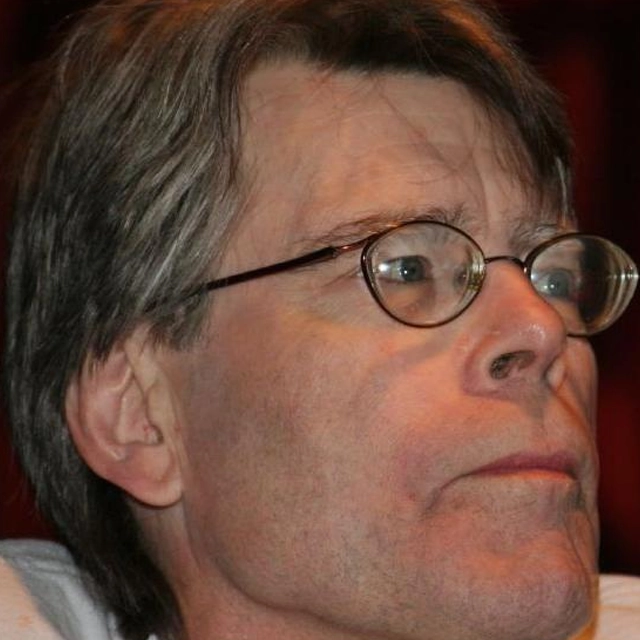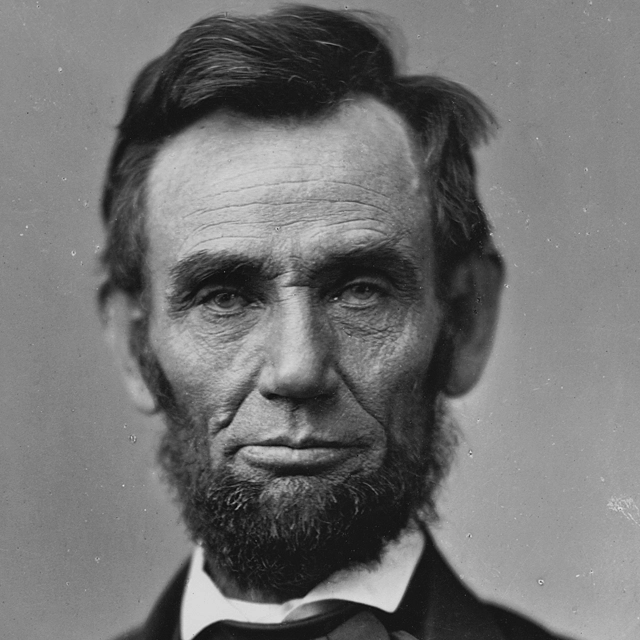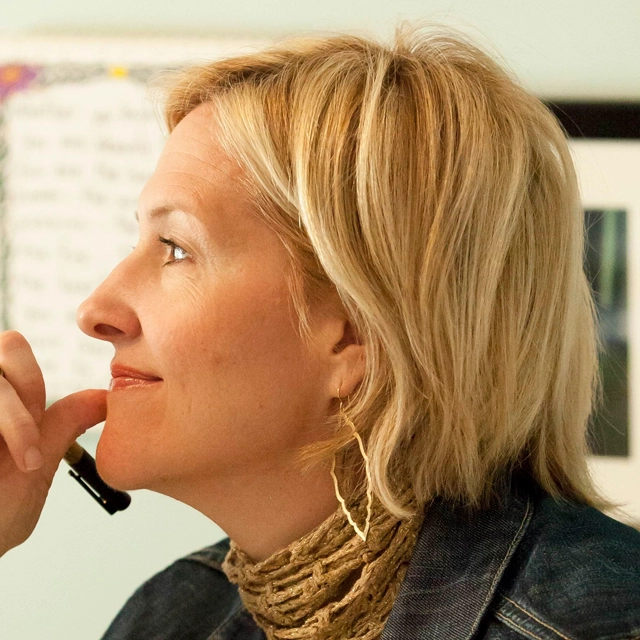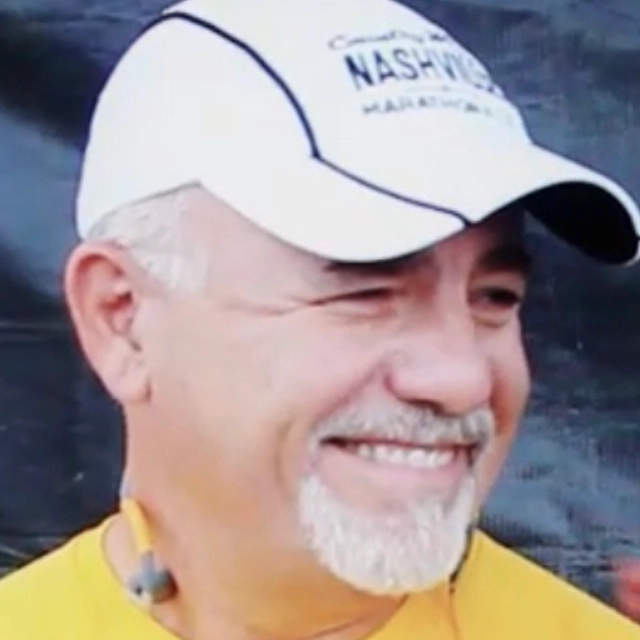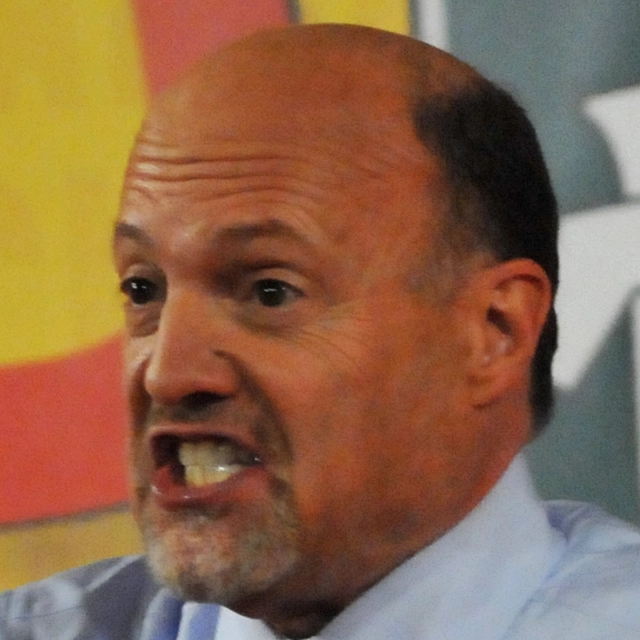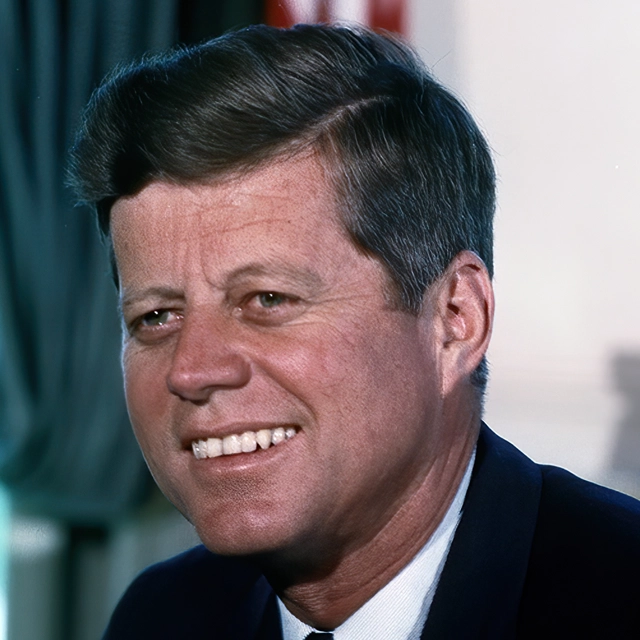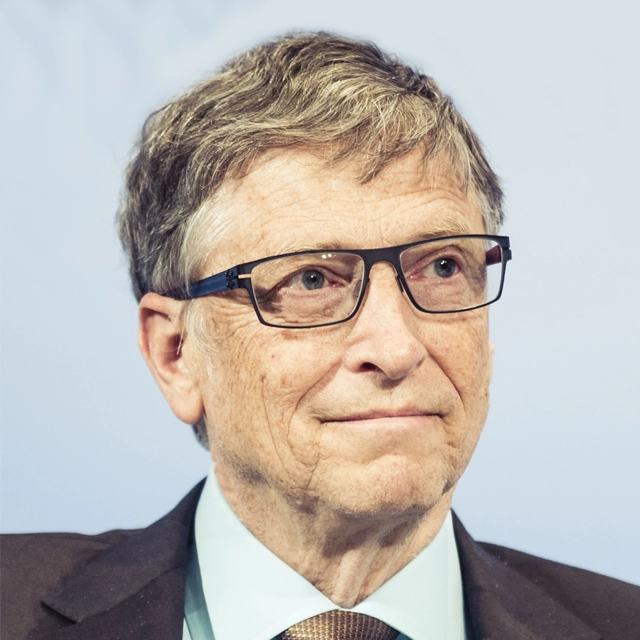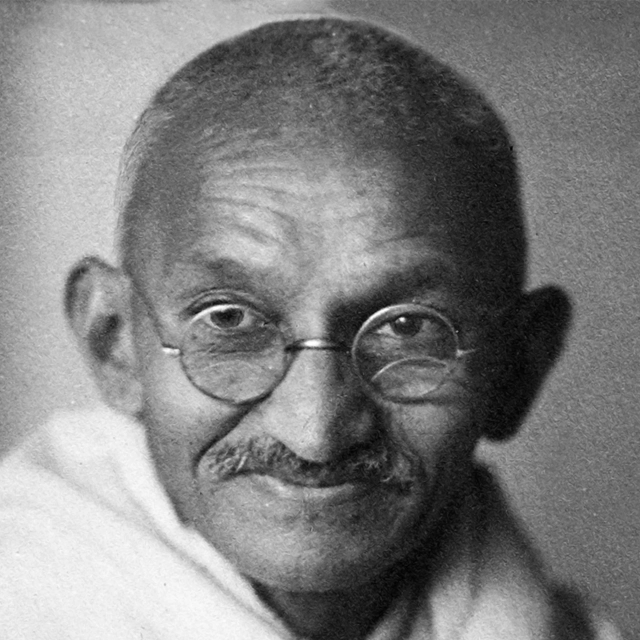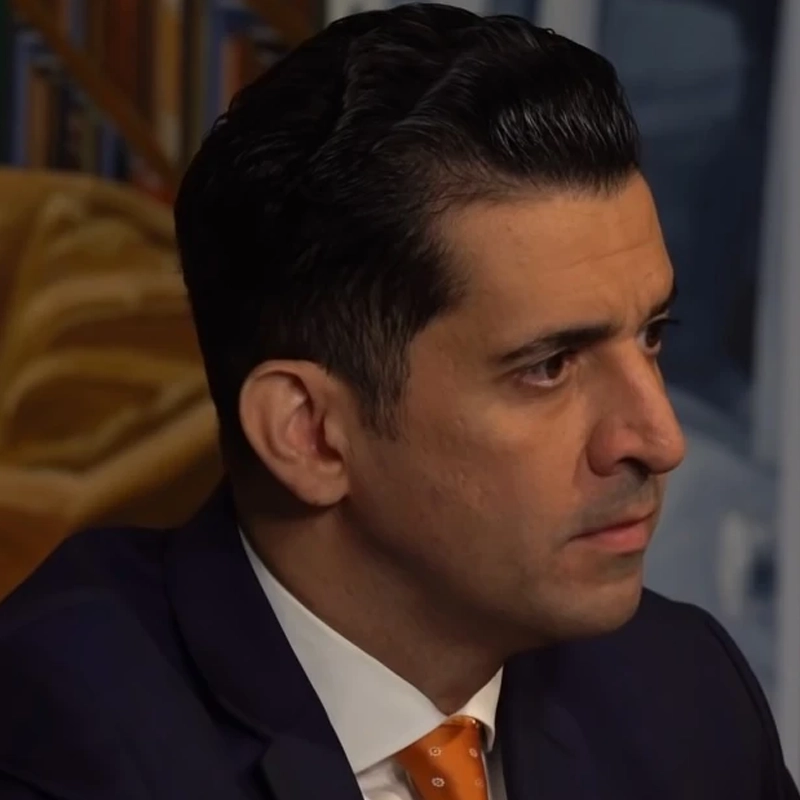Never Lost Again Audiobook Summary
As enlightening as The Facebook Effect, Elon Musk, and Chaos Monkeys–the compelling, behind-the-scenes story of the creation of one of the most essential applications ever devised, and the rag-tag team that built it and changed how we navigate the world.
Never Lost Again chronicles the evolution of mapping technology–the “overnight success twenty years in the making.” Bill Kilday takes us behind the scenes of the tech’s development, and introduces to the team that gave us not only Google Maps but Google Earth, and most recently, Pokemon GO.
He takes us back to the beginning to Keyhole–a cash-strapped startup mapping company started by a small-town Texas boy named John Hanke, that nearly folded when the tech bubble burst. While a contract with the CIA kept them afloat, the company’s big break came with the first invasion of Iraq; CNN used their technology to cover the war and made it famous. Then Google came on the scene, buying the company and relaunching the software as Google Maps and Google Earth. Eventually, Hanke’s original company was spun back out of Google, and is now responsible for Pokemon GO and the upcoming Harry Potter: Wizards Unite.
Kilday, the marketing director for Keyhole and Google Maps, was there from the earliest days, and offers a personal look behind the scenes at the tech and the minds developing it. But this book isn’t only a look back at the past; it is also a glimpse of what’s to come. Kilday reveals how emerging map-based technologies including virtual reality and driverless cars are going to upend our lives once again.
Never Lost Again shows us how our worldview changed dramatically as a result of vision, imagination, and implementation. It’s a crazy story. And it all started with a really good map.
Other Top Audiobooks
Never Lost Again Audiobook Narrator
Rob Shapiro is the narrator of Never Lost Again audiobook that was written by Bill Kilday
Bill Kilday’s twenty-five-year career in technology and game marketing has centered on maps and augmented reality. He served as marketing director for digital mapping start-up Keyhole, and marketing lead for Google’s Geo division during the launch of Google Maps and Google Earth. He is currently VP of marketing for Niantic Inc., a spinout company from Google responsible for GPS-based games Ingress, Pokemon GO, and the upcoming Harry Potter: Wizards Unite. The youngest of eight children, Kilday was born in Houston, Texas, and now lives in Austin, Texas, with his family. He has a terrible sense of direction.
About the Author(s) of Never Lost Again
Bill Kilday is the author of Never Lost Again
More From the Same
- Publisher : HarperAudio
- Abraham
- American Gods [TV Tie-In]
- Dead Ringer
- House of Sand and Fog
- Prey
Never Lost Again Full Details
| Narrator | Rob Shapiro |
| Length | 10 hours 1 minutes |
| Author | Bill Kilday |
| Category | |
| Publisher | HarperAudio |
| Release date | June 19, 2018 |
| ISBN | 9780062879554 |
Subjects
The publisher of the Never Lost Again is HarperAudio. includes the following subjects: The BISAC Subject Code is Biography & Autobiography, Business
Additional info
The publisher of the Never Lost Again is HarperAudio. The imprint is HarperAudio. It is supplied by HarperAudio. The ISBN-13 is 9780062879554.
Global Availability
This book is only available in the United States.
Goodreads Reviews
Bob
October 20, 2019
Never Lost Again: The PrequelI met Dan Gordon in August of 1992. Based on previous work I had done, Dan thought I’d be a great asset to his growing team so he brought me in for an interview. He spoke for 15 minutes and never asked me a question. Instead, he told me of his vision – he wanted to create a visual environment where one could fly around above the earth, and then dive on into the streets, and then go into buildings, and back out again. He knew this wasn’t possible yet, but still wanted to run in that direction. And he wanted people around him that wanted to run in the same direction.The company was Autometric, and it had a very interesting pedigree. Engineers at this small company had begun at Paramount Pictures handling satellite imagery in the 1950s. Eventually, Lou Brown wrangled a deal to stand up this group as an independent company. Early work included the invention of the Chromatron, which Sony purchased prior to developing the Trinitron, and performing photogrammetric analysis of the moon for the Apollo landings.In any case, by the 1990s Autometric was doing great work in imagery, databases, and satellite orbits. Dan saw all of this and envisioned an environment called EDGE. EDGE stood for several different things, but eventually settled on Enhanced Digital Geographic Environment. We worked on EDGE for several years – it ran on gl, then on OpenGL on SGI workstations. The work we were doing had our software aboard aircraft flying missions over Kosovo, Bosnia, and eventually Iraq. It was a fantastic visualization tool. He added “Whole Earth” to the name in order to trademark it. And he challenged me to make it apply. Jim Otto had an early version of the globe, with a single texture attached to a wire frame globe and it was compelling. Turning that into a dynamically loaded, infinite scale was my job. Dan told me he wanted to fly “from outer space to in your face.” Once running, we experienced the same oohs and aahs that are referenced in the book. Except this was in 1995, and truly no one had seen anything like it before. While we had a dedicated marketing team, I did get to demo it to some, including Dan Rather at CBS news (“This is something that I’ve always asked for.”). EDGE Whole Earth was used on air several times in 1996 and 1997 for Ron Brown’s crash reenactment in Croatia, earthquakes, the presidential inauguration, etc. I had the same discussions with our data providers about license fees. They thought I was crazy for letting CBS use the software for the tiny amount they were paying.We worked closely with SGI. At one point, we had submitted the largest order SGI had ever seen. I also worked with Michael Jones and the Performer team. Performer was a great tool with lots of promise. Unfortunately, early versions had bugs that we couldn’t work around and promised features were always late. Then, when they were released, the APIs for the old features changed enough to make us re-engineer our work. In 1996 we had a solid version of EDGE that Dan wanted to show off to the folks at SGI. At that point it was a fully functioning globe, with a base map containing an elevation point every 100 meters, and a base image of 10m per pixel, provided by NASA. Into that globe, we inserted arbitrary imagery and additional elevation points dynamically as the user moved around. In the audience for that demo were 100 or so SGI engineers, including Michael Jones, Chris Tanner, and the Performer team. After the demo, Michael came up to us and exclaimed that he “had never thought of the difficulties of rendering a 3D globe before.” We talked about how EDGE was able to get around the inaccuracies of using a floating point gl pipeline to render the globe accurate enough to show features on the ground, while still rendering satellites in space. I had no doubt that Michael was very sharp – he immediately focused on the challenges. “How fine a resolution can you go?” EDGE could accurately go to 0.5 meter square and maintain absolute accuracy, but relative accuracy was good much further down. “How much imagery would you need to cover the globe at that resolution?” If we’re talking 3 bytes / pixel, then that’d be about 1.5 Petabytes for the land. So you could do all the land at 1 square meter for less than a petabyte. Michael finished the conversation by promising to get Performer deliveries on schedule, and also to add features to it that would support a globe. He handed me a tape with the very latest development build of Performer for me to try.Over the next couple years, EDGE had continued success, with a port to Sun and then to PCs, culminating with a deal with NIMA (now NGA) to be the visualization tool for imagery. It was free to download, and the data would be streamed to the user from NIMA servers.Autometric continued to demo EDGE, and on one such occasion I was demoing the latest version at SIGGRAPH on an immersive table – a projector mounted across the room bounced the image off of mirrors under a table, bouncing the image to the translucent tabletop. People standing around the table could look down and see the Earth while satellites zoomed around and US fighters flew a sortie over Iraq. I also had some weather feeds showing a cold front over the US. Zooming in to particular spot in Montana brought up a picture of one of the interns on the project, who had eventually become one of the key developers. And if the viewer donned special glasses, the whole scene popped up out of the table in 3D.SIGGRAPH participants come in from all backgrounds. And over the years, the diversity greatly increased. But all were impressed. Some with the imagery, some with the table, some with the 3D effect, some with the satellites. One gentleman, however, came in and while keenly attentive, did not seem enthusiastic about any particular element. Instead, after the demo concluded, he waited for others to leave and pulled me aside where we could talk in private. He had a binder with a lot of info in it. He told me that he had walked all around the show, and that he thought I was the only one who could help him out. He asked if I worked with SGI (yes), did I know Michael T. Jones (yes), did I know Chris Tanner (yes). Then he pulled out a list of people from his binder – most of the names I recognized from SGI and the Performer team. He said that, while he shouldn’t tell me this, the binder was a business plan from Michael and they wanted to go off and create a company to build a tool for the gaming industry. He was with a Venture Capital firm wondering if they should invest. The tool would be like a scene graph, but one that was focused on the mechanics of a game. Combined with OpenGL, this would make porting games easier from one host to another. This was not the first time I had heard this – Michael mentioned this before. I told the gentlemen that all the people on the list that I knew were brilliant – that Michael was brilliant but I wouldn’t do that. That idea was too hard to sell – it’s too abstract to sell in high volumes, and it’s asking people like me to lock into something and not have control over something that I need to optimize and tune day in and day out. And I added that Michael would not deliver this on time – it’s too broad and Michael would always want to add new features. I added that the team needs focus – especially for their first project. He asked “What should they build?” “Something finite. Something concrete.” I pointed over to the light table, with the globe spinning “Something like that – well defined but immensely powerful.”
Malobi
February 05, 2021
Unputdownable. Being severely directionally challenged I have always been fascinated by google maps and it’s impact. This book gives a peek into what went into creating an app with a billion downloads - it’s humble beginnings, the challenges and finally the glory! :) it also touches upon corporate politics in google, who knew ;)
Jeremy
August 31, 2018
This is a fascinating look inside the development of one of the most transformative technologies to ever come along. Bill Kilday and John Hanke were college friends from Texas. John went on to start Keyhole and brought Bill on as the marketing manager. This book is an inside look from Bill's perspective of that time. It was a completely entertaining and informative look at its subject. Keyhole developed what would become Google Earth. Google bought Keyhole and helped bring Google Earth to what it is today. Google used the Keyhole team and technology to develop Google Maps. As someone who uses Google Earth professionally nearly on a daily basis, there is no other program that can do what Google Earth can do while scaling as easily as it scales, since it is a free program. I often comment that my company would spend a lot of money for Google Earth, but they give it away for free!Bill also gives his inside perspective of his time at Google, which was really interesting as well. We heard about Larry and Sergey and Marissa Mayer, and Bill seemed to be mostly unfiltered and honest. John ended up starting another company called Niantic, which is the augmented reality company behind Pokemon Go. Bill followed John there as well.
Brent
March 22, 2019
An interesting look behind the creation of Google Maps and Google Earth, from someone who was present at the very beginning. For anybody who wonders how on earth Google managed to map our entire planet in such a short period of time.
Eric
March 13, 2020
I'm really happy a friend recommended this book to me. I flew through it in less than 2 weeks.When you really think about it, fewer tools have changed our lives more in the last few decades than Google Maps/Google Earth. I loved getting to hear about their beginnings as a floundering startup that nearly went under multiple times.Bill kept the pace at a fast clip and had a fun vibe. He introduced me to characters as Google (Sergey, Larry and Marissa) that I had never read about in much detail. I already have and will continue recommending this book to friends.
Ali
May 31, 2019
I'm not one for writing reviews but this one does compel me to write a commendatory note. Bill takes us through a rollercoaster of a ride starting from his college till the advent of Pokémon Go. It sure seems like we're there with him witnessing the struggle, this is a great indicator for any book.
Dave
August 10, 2018
This is a book that tells a good story and tells it well. It’s a fascinating history into how we got to today where we pull out our phone and use Google Maps to do, well, just about everything. The story is very readable, reading more like a novel than a history book. One of the things I liked the best was that while the author had business rivals, he does not tell the story in an us-vs-them way. While he does not gloss over disagreements, he also gives credit to his rivals for accomplished.
George
June 03, 2019
Never Lost Again was a most enjoyable book. Author Bill Kilday fairly describes it as "one person's perspective" that opens "mainly nontechnical window into the mapping revolution that happened all around me." The revolution resulted in the mapping software startup company, Keyhole, being acquired by Google then playing a major role in the making and marketing of Google Earth. That fantastic computer program allows a viewer to fly virtually to any place on the planet and view it in satellite or map mode. This became the basis for mobile direction finding that millions of people use to get to where they want to go. The author played roles in both product development and marketing during this process. The book is often funny, always informative, and at times even exciting. The story details how a gritty startup company struggled through financial and legal difficulties to achieve financial and technical success. It also shows the intense internal competition found in the social media companies. At times, there are reminders of the corporate structures and culture chillingly portrayed in David Eggers novel, The Circle. Nonetheless, individual effort, personal friendship, and loyalty are essential elements in this highly readable account of the corporate world.The book is highly recommended for both general and technical audiences because it is fun and it is informative.
Synthia
February 07, 2021
Google maps changed my life. Having traveled quite a bit and lived abroad, I used many GPS services. Google Maps is most accurate. I like it more than Garmin and Apple Maps. I moved on from Waze and even map-quest after having the Google Map app. I use it almost daily. I didn’t know a lot of what this book revealed. “Google Earth and Google Maps have their origins in a little Californian tech start-up called Keyhole. After making it through the dot-com bubble, the company found fame with CNN’s adoption of its EarthViewer program during the Iraq War. After being acquired by Google in 2005, the Keyhole team continued to develop its mapping program, which led to Google Maps and Google Earth. These programs have changed the world, from the way we do business to how we combat natural disasters – and everything in between.”
Quinns
February 05, 2021
Google Earth and Google Maps have their origins in a small Californian tech start-up called Keyhole. The company found fame with CNN's adoption of its EarthViewer program during the Iraq War, after making it through the dot-com bubble. After being acquired by Google in 2005, the Keyhole team continued developing its mapping program, which led to Google Maps and Google Earth. This book reminds us that these programs have changed the world, from how we do business to how we combat natural disasters- and everything in between.
Jonathan
June 22, 2019
Very good bookThe story is fantasticThis book is the story of how google maps and google earth came about From two friends meeting in collegeTo a start up company with a great product and visionTo almost bankruptcy, to profit, to buy out, to corporate politics, to working on the google team on arguably the most important app ever created, google mapsThe best thing I learned from this book is how one person can lead a team to victoryI would recommend this book to anyone who wants an inside look at start ups in silicone valley
Priyank
June 12, 2022
This book provides such an invaluable insight into this vital and essential cog in our everyday tech lives. We often fail to fathom the effort gone into creating this tech marvel. However the reality is full of hard work over the years, Giant data processing pipelines and billions of dollars spent to make this product. This is a must read for everyone. It's such a detailed account of the birth, struggle and glory days of this one product that has forever changed how we view maps and spawned a whole industry on the back of its success.
Jessy
April 29, 2020
A really awesome, fun book about how Google Maps came to be, starting from the early days of Keyhole (the startup that created what would eventually be Google Earth). Google Maps is not often recognized or remembered as one of the greatest technological advances of our time (perhaps overshadowed by the headliners - Google Search, Apple, FB, Uber, Airbnb, etc.). Keyhole's founder, John Hanke, is even less recognized as a peer to people like Gates and Zuckerberg, despite leading Google Maps AND Niantic (aka Pokemon Go) to the successes they are today. Kilday does a great job of telling their stories. It's incredibly inspiring and truly makes you appreciate the immense work, vision, and technological innovation that made ubiquitous mapping possible.
Disha
October 23, 2018
Bill has told a story which sounds too good to be true, until you have seen it unfold. Google maps, arguably a technology which changed the world forever- what went behind its making, from a lot of stakeholders. A book which does not shy away from bringing out real challenges and people issues. And at the same time, a book which talks about 10X thinking at google and how it led to Keyhole becoming massive. Loved Bill’s style of narration.
Most Popular Audiobooks
Frequently asked questions
Listening to audiobooks not only easy, it is also very convenient. You can listen to audiobooks on almost every device. From your laptop to your smart phone or even a smart speaker like Apple HomePod or even Alexa. Here’s how you can get started listening to audiobooks.
- 1. Download your favorite audiobook app such as Speechify.
- 2. Sign up for an account.
- 3. Browse the library for the best audiobooks and select the first one for free
- 4. Download the audiobook file to your device
- 5. Open the Speechify audiobook app and select the audiobook you want to listen to.
- 6. Adjust the playback speed and other settings to your preference.
- 7. Press play and enjoy!
While you can listen to the bestsellers on almost any device, and preferences may vary, generally smart phones are offer the most convenience factor. You could be working out, grocery shopping, or even watching your dog in the dog park on a Saturday morning.
However, most audiobook apps work across multiple devices so you can pick up that riveting new Stephen King book you started at the dog park, back on your laptop when you get back home.
Speechify is one of the best apps for audiobooks. The pricing structure is the most competitive in the market and the app is easy to use. It features the best sellers and award winning authors. Listen to your favorite books or discover new ones and listen to real voice actors read to you. Getting started is easy, the first book is free.
Research showcasing the brain health benefits of reading on a regular basis is wide-ranging and undeniable. However, research comparing the benefits of reading vs listening is much more sparse. According to professor of psychology and author Dr. Kristen Willeumier, though, there is good reason to believe that the reading experience provided by audiobooks offers many of the same brain benefits as reading a physical book.
Audiobooks are recordings of books that are read aloud by a professional voice actor. The recordings are typically available for purchase and download in digital formats such as MP3, WMA, or AAC. They can also be streamed from online services like Speechify, Audible, AppleBooks, or Spotify.
You simply download the app onto your smart phone, create your account, and in Speechify, you can choose your first book, from our vast library of best-sellers and classics, to read for free.
Audiobooks, like real books can add up over time. Here’s where you can listen to audiobooks for free. Speechify let’s you read your first best seller for free. Apart from that, we have a vast selection of free audiobooks that you can enjoy. Get the same rich experience no matter if the book was free or not.
It depends. Yes, there are free audiobooks and paid audiobooks. Speechify offers a blend of both!
It varies. The easiest way depends on a few things. The app and service you use, which device, and platform. Speechify is the easiest way to listen to audiobooks. Downloading the app is quick. It is not a large app and does not eat up space on your iPhone or Android device.
Listening to audiobooks on your smart phone, with Speechify, is the easiest way to listen to audiobooks.












